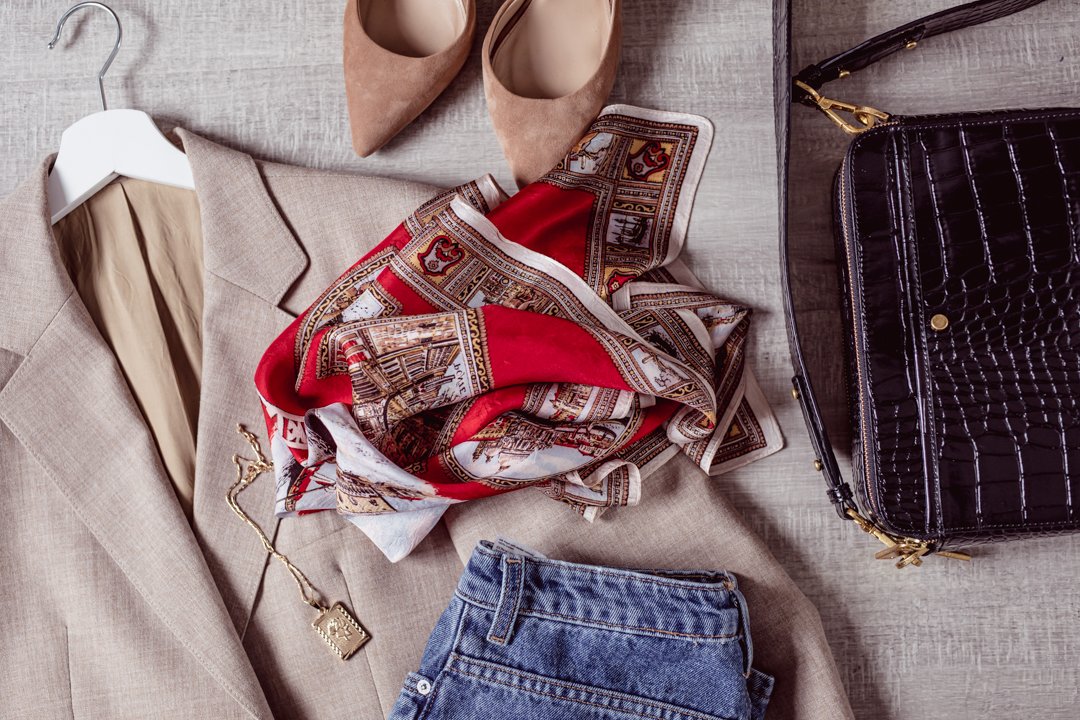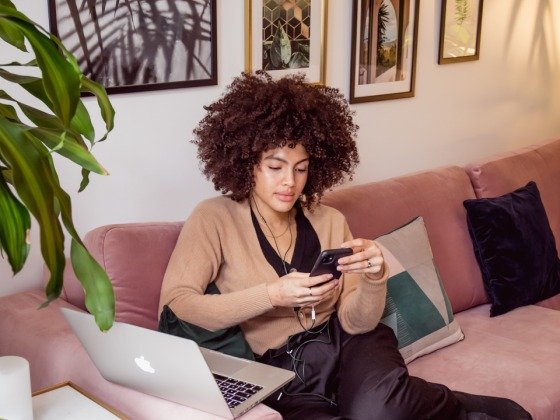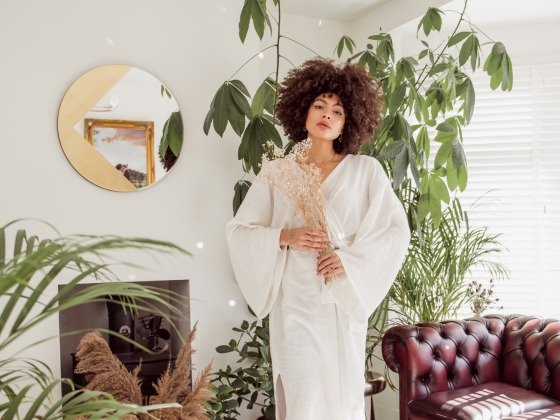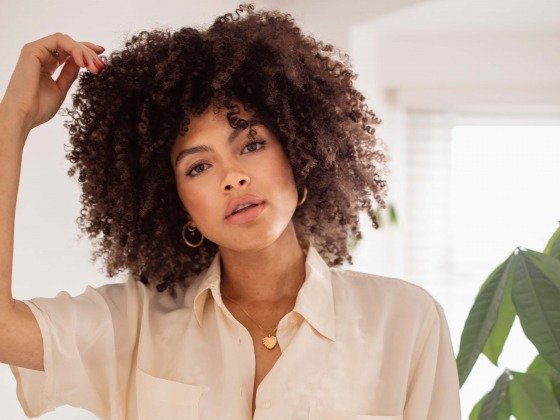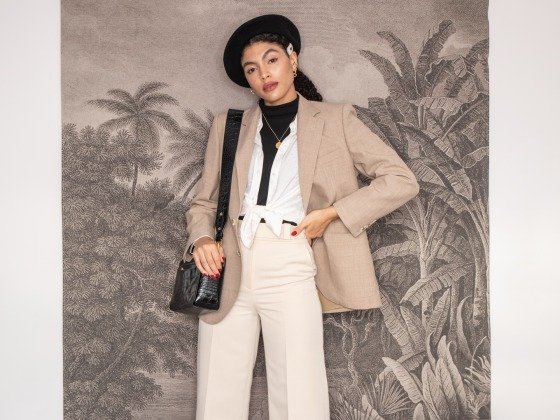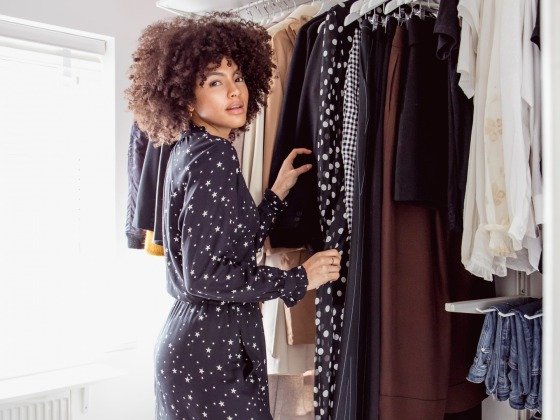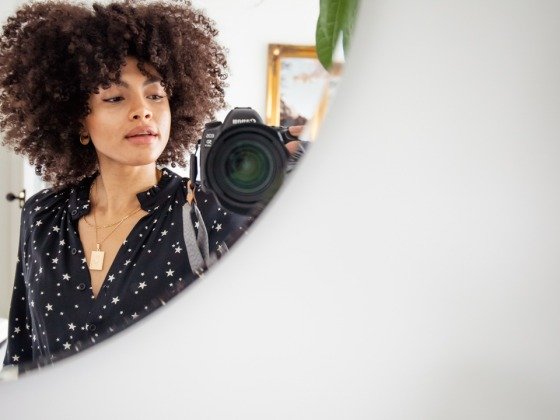Finding and developing your personal style can do much more for you than simply helping you realise which clothes suit you best. Whilst yes, finding your style can help you do exactly that, it can also assist you to refine your style, feel better in how you dress day to day, and in the process allow you to declutter and downsize your wardrobe to eliminate the things that you don’t actually wear or need, which will enable you to create better shopping habits going forward.
This in turn can promote a more organised space which enables you to feel freer and calmer, as you’ll find getting dressed quickly in the mornings doesn’t mean having to compromise on style and you won’t need an unlimited supply of clothes to feel and look good.
In this three part series we’ll be taking things back to basics and I’ll be sharing some of my top tips to help you refine your style, declutter your wardrobe and build outfits that you can feel good in everyday. Part one is all about how to find your style, so if you’d like some help with how to do that, then keep on reading…
–Contents–
- Find Inspiration
- Think About Your Lifestyle
- Pull Out Pieces
- Plan Outfits
- Separate Your Wardrobe
- Go On A Shopping Ban
- Document Your Outfits
- Re-asses
- Declutter
- Shop With Intention
This post is for you if:
- You constantly find you have nothing to wear (even if you have an abundance of clothes).
- You find yourself shopping without intention or purpose.
- You simply want to feel better about how you dress day to day.
Step 1 – Find Inspiration
Think about what styles or who’s style you’re most drawn towards. It may be completely dissimilar to how you dress now but think about what type of style you like when you see it – feel free to be explorative when taking inspiration and even look to things like films.
It could be that you don’t even know yet, but this is your chance to look out for it and take note. Are there any particular celebrities who’s style you’re drawn towards? Are there any bloggers you follow or maybe even people you know or see around day to day? It could even be characters you see in movies.
From here you want to make a mood board. You can easily do this on Pinterest (my particular favourite), or even by saving images on Instagram. I’d recommend doing this digitally as opposed to creating a physical mood board, as this will give you more opportunity to develop and change your mood board as your style evolves.
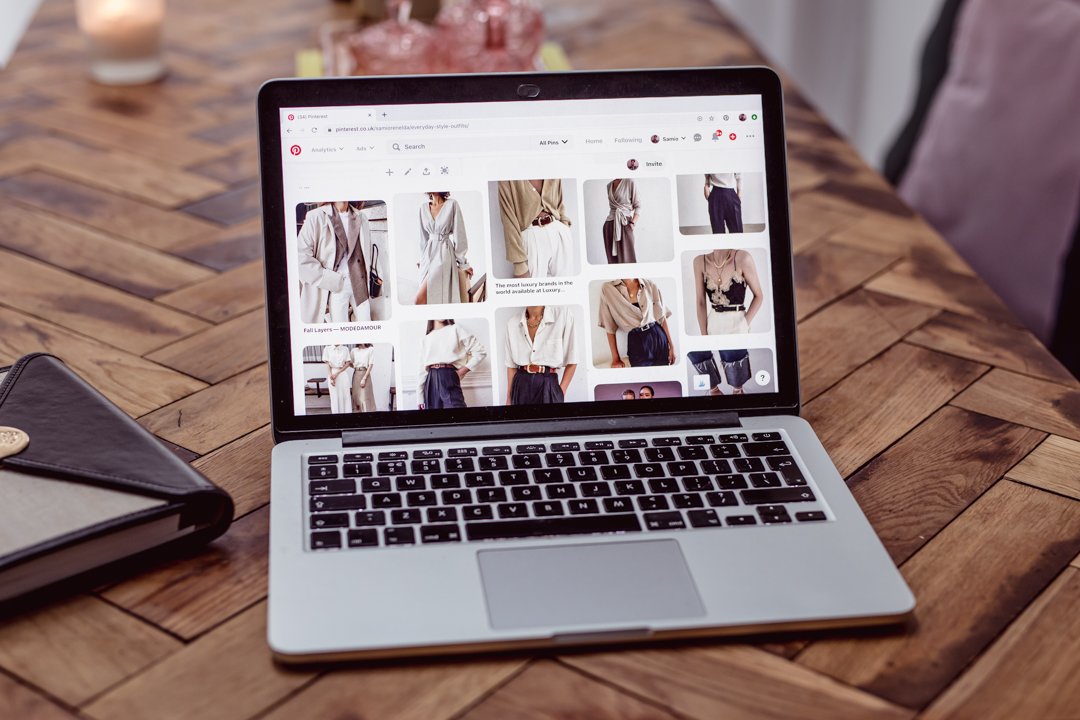
Step 2 – Think About Your Lifestyle
Take a look through your mood board and think about what kind of outfits from your moodboard would and wouldn’t work with your lifestyle day to day.
It may be that you find you’re drawn to certain styles that don’t really work with your day to day lifestyle, however, this can be a good opportunity to work out what styles you really like and think about how you may be able to draw inspiration from them in your everyday outfits.
For example if the styles you find yourself most drawn to are that of 1950’s Hollywood starlets, yet in your everyday life you find you need to dress quite practically, a lot of these looks likely won’t work for you. Think of ways you can take elements from the outfits in the mood board that emulate parts of these styles, which you can then incorporate into your everyday outfits. With this particular style it could be the way you do your makeup or by adding vintage accessories that give a nod to the era.
Create a separate mood board (or on Pinterest you can now create sub categories within mood boards) and here you can start to refine things and save outfit ideas and inspiration that will work with your lifestyle day to day.
Side note: The reason I say to make the initial mood board collating any styles you’re drawn to at first, is that this allows you to look for style inspiration freely and solely focus on what styles you really like, without limitations. Then from there you’re able to hone in on that and think about how you can make some of these styles really work for you. Sometimes when starting with limitations it can prevent you from allowing yourself to discover what styles you’re really interested in and so I find it’s better to start big and then refine it to work for you.
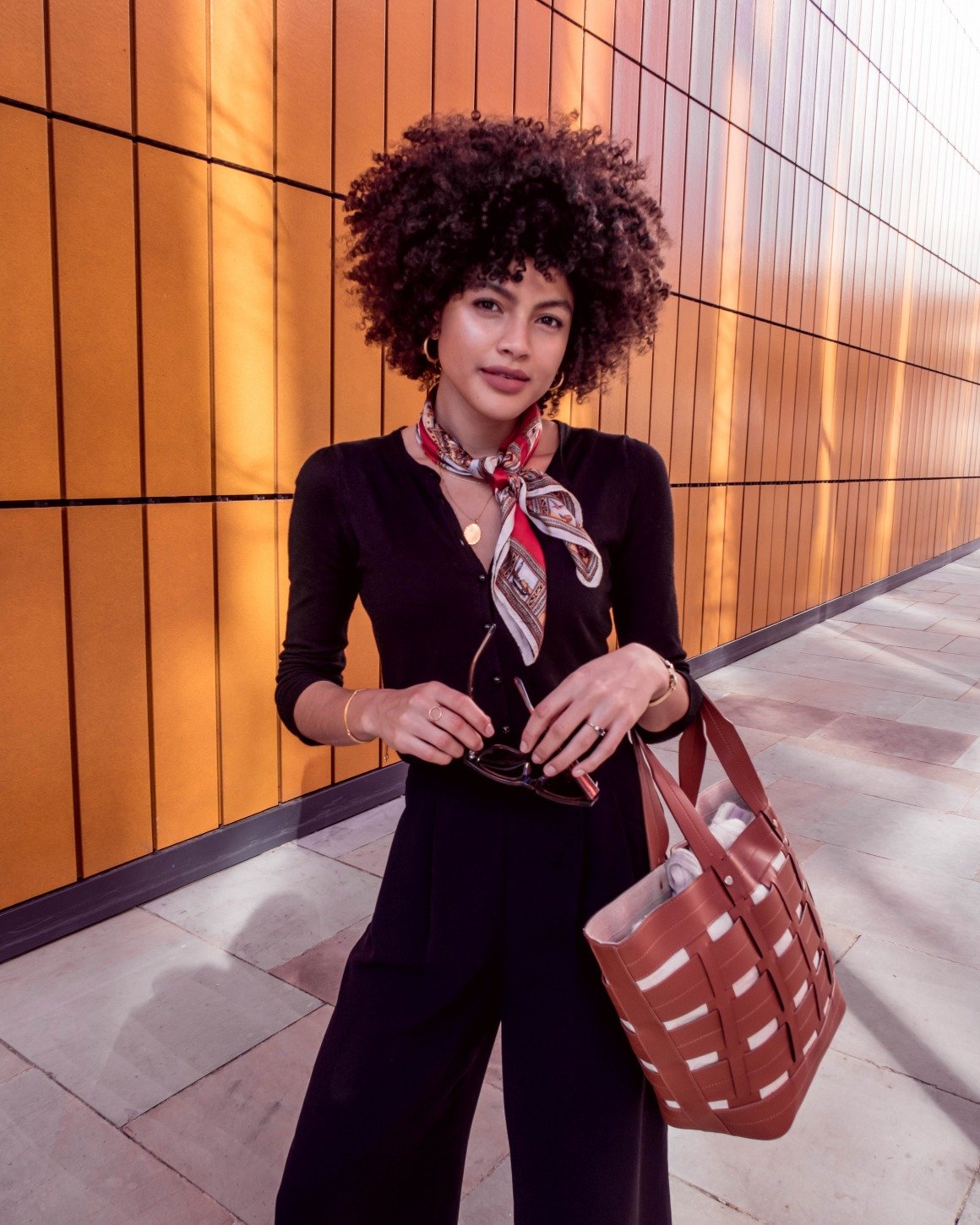
I myself often find that I’m draw to lots of vintage style looks and outfits. I tend to draw inspiration from these looks with accessories.
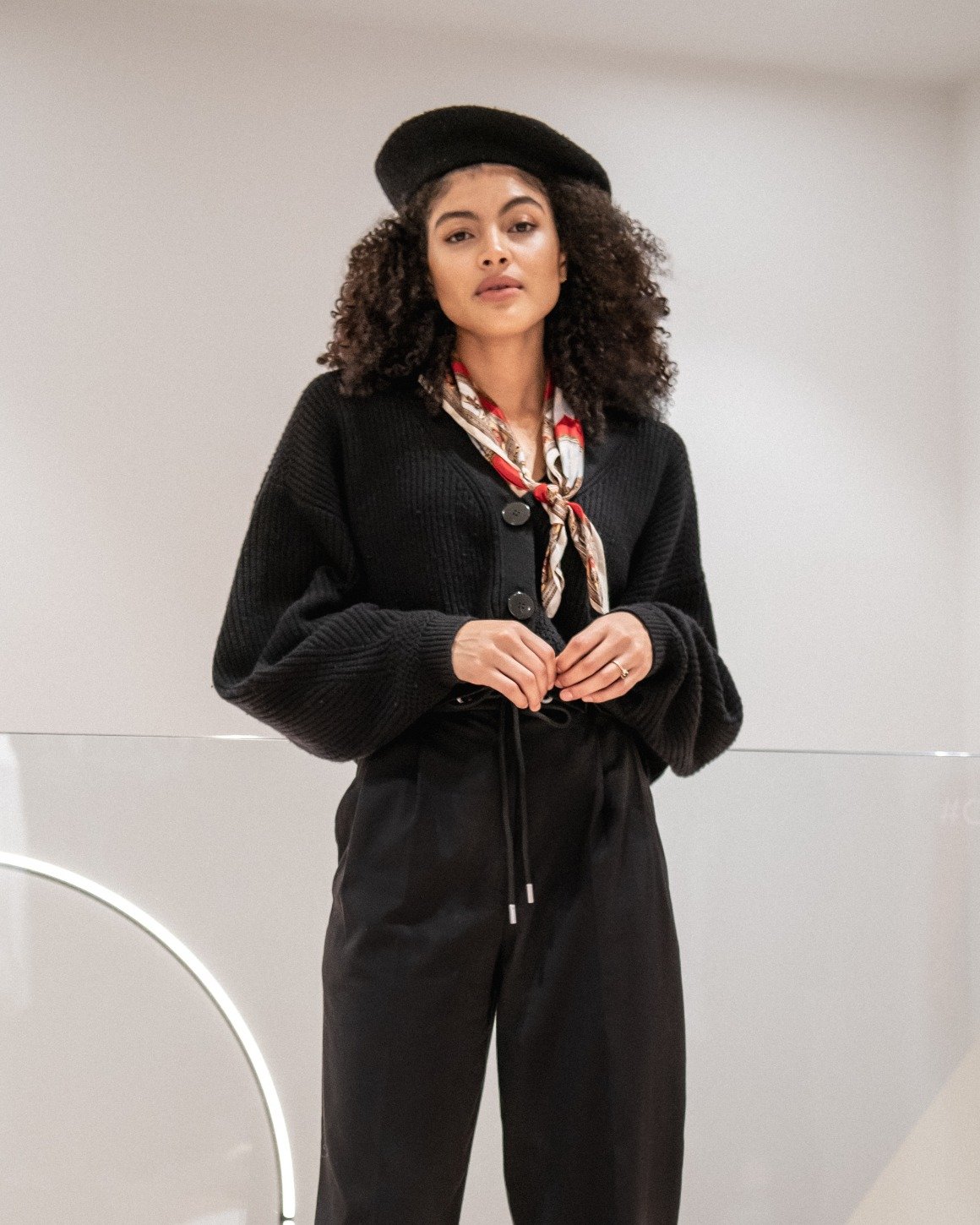
This vintage scarf for example is a simple piece that I use time and time again in my outfits.
Step 3 – Look At Your Wardrobe and Pull Out Pieces That Fit With the Style
Go back to your wardrobe and begin to pull out pieces that you feel may fit with the styles you’re inspired by. Now this may be tricky if the reason you’re doing this in the first place is because you feel you have nothing to wear, but refer back to your moodboard and go through your wardrobe meticulously, pulling out any pieces that you feel could work.
Try to break down each of the outfits in your mood board and look at individual items to figure out what pieces you may already have in your wardrobe.
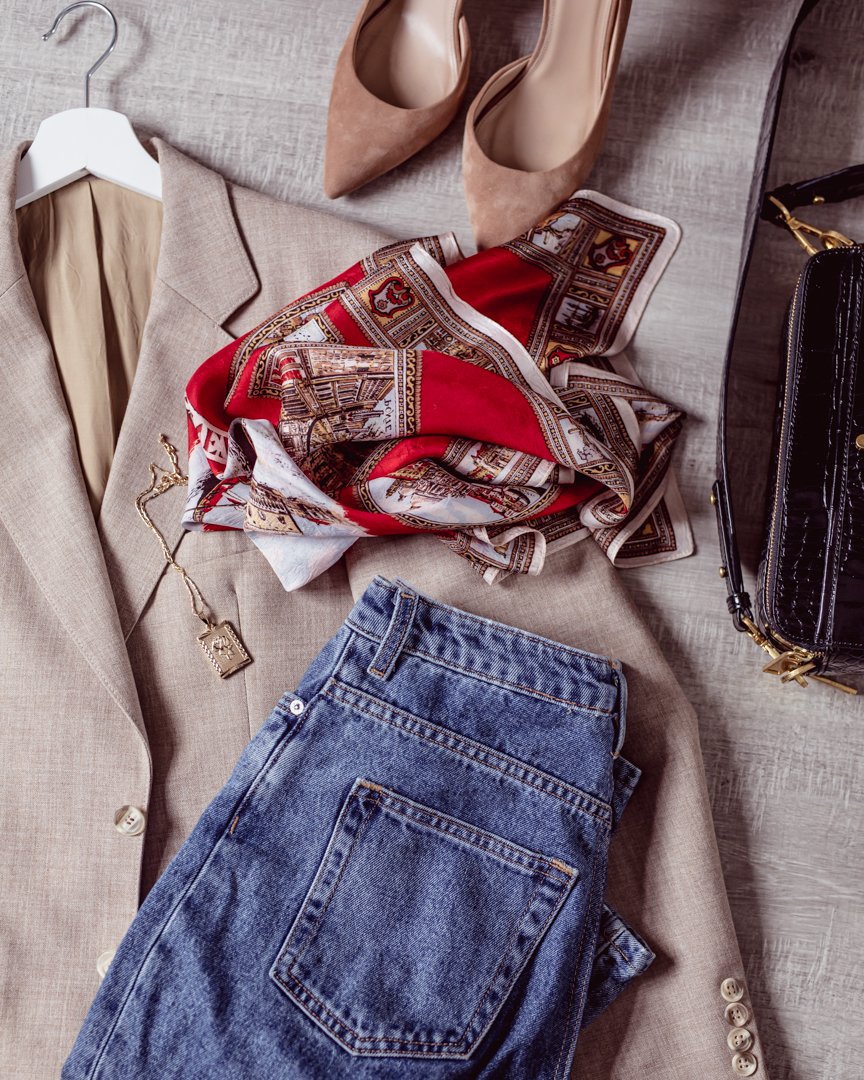
It actually might be really obvious pieces that you already have but haven’t given much regard to previously because you haven’t ever experimented with styling them differently before.
You may have to get inventive with this if you feel your wardrobe is really lacking many items that fit with the styles in your mood board. But try your best and pull out anything that you think could possibly work.
Step 4 – Plan Outfits
Now with the items you’ve pulled from your wardrobe, begin to try and plan some outfits. This step could take some time, but be patient and don’t be afraid to experiment and try different ways of styling pieces.
Make sure you keep referring back to your mood board because this will really help you when thinking of outfits to put together.
It could even be that you find yourself going back to your wardrobe to pull out additional items which help you to create full looks.
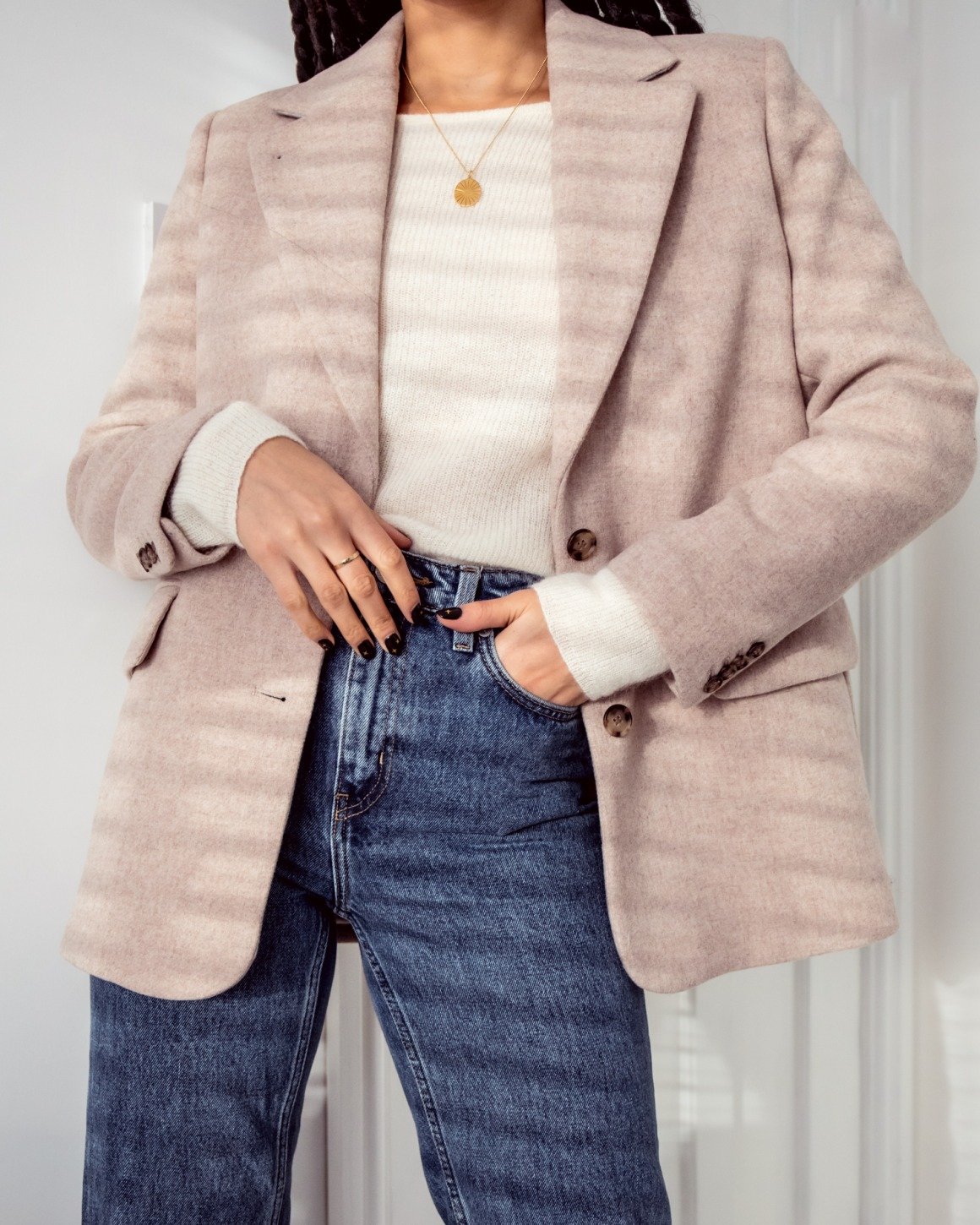
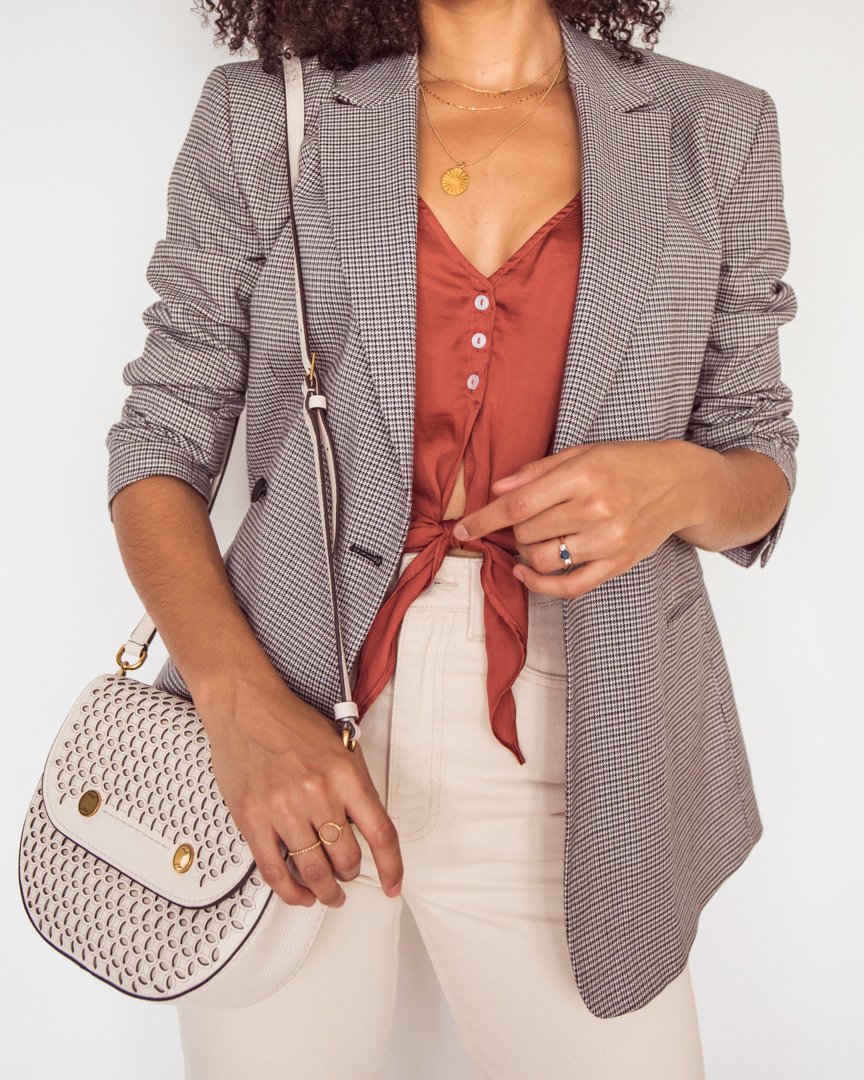
Step 5 – Separate Your Wardrobe
Separate the items in your wardrobe that you don’t think you want to wear anymore from the items that you’ve just planned outfits with.
Sometimes it can be that you wear things out of habit as opposed to wearing what you actually love and feel good in. So by putting any pieces you’re not sure of, or don’t love, to the back of your wardrobe for the time being, this can help you to focus on the things you do want to wear.
It might be hard to separate your clothes if you don’t have much wardrobe space, but do your best to distinguish the items that you’ve planned outfits with, separately from the items you don’t want to wear. That should make it easier when it comes to dressing day to day whilst you’re trying to refine your style.
Step 6 – Go On A Shopping Ban
By going on a shopping ban, it’s going to really help you to hone in on your style. It might be hard, especially if the style you’re trying to lean towards is quite different to how you currently dress. But by going on a shopping ban, it will give you time to think about how you really want to dress and what really works for you whilst experimenting with what you already have in your wardrobe.
It will also force you to be a little bit more creative and push you to think outside of the box when it comes to putting together new outfits. And in turn this will further push you towards finding a style that you really feel is you. (I’m going to go into more detail about how to put together an outfit in the 3rd episode in this series, so be sure to check back for that if you’d like more tips on this).
Step 7 – Document Your Outfits
Now it’s time to start wearing the outfits you’ve planned and documenting them as you go. I’d say give yourself a good two week period of doing this, or maybe even longer if you feel you can. Two weeks at least, means you’ll have a solid 14 outfits to look back on by the end of it.
You can simply use your phone to take daily mirror pictures of your outfit, or prop your phone up somewhere and take a quick self timer photo. Either way, just take a clear photo of your outfit each day so that you’re able to document it. It doesn’t have to be fancy, it’s just a way for you to clearly see your outfit when looking back.
It’s likely you’ll find yourself wearing certain pieces again within the time frame you’ve given, or you may even find yourself wearing complete outfits on repeat, which is completely fine too.
If you can, create a separate folder on your phone in which you can store all of these daily outfit photos in one place.
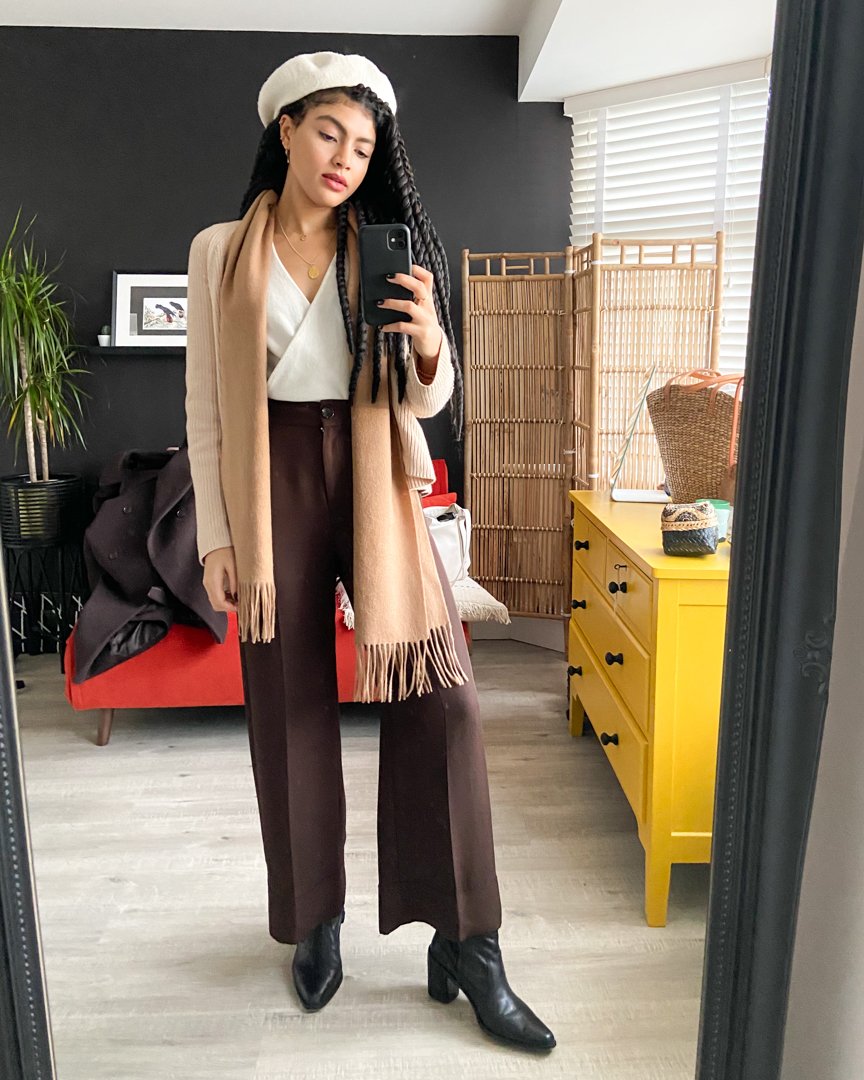
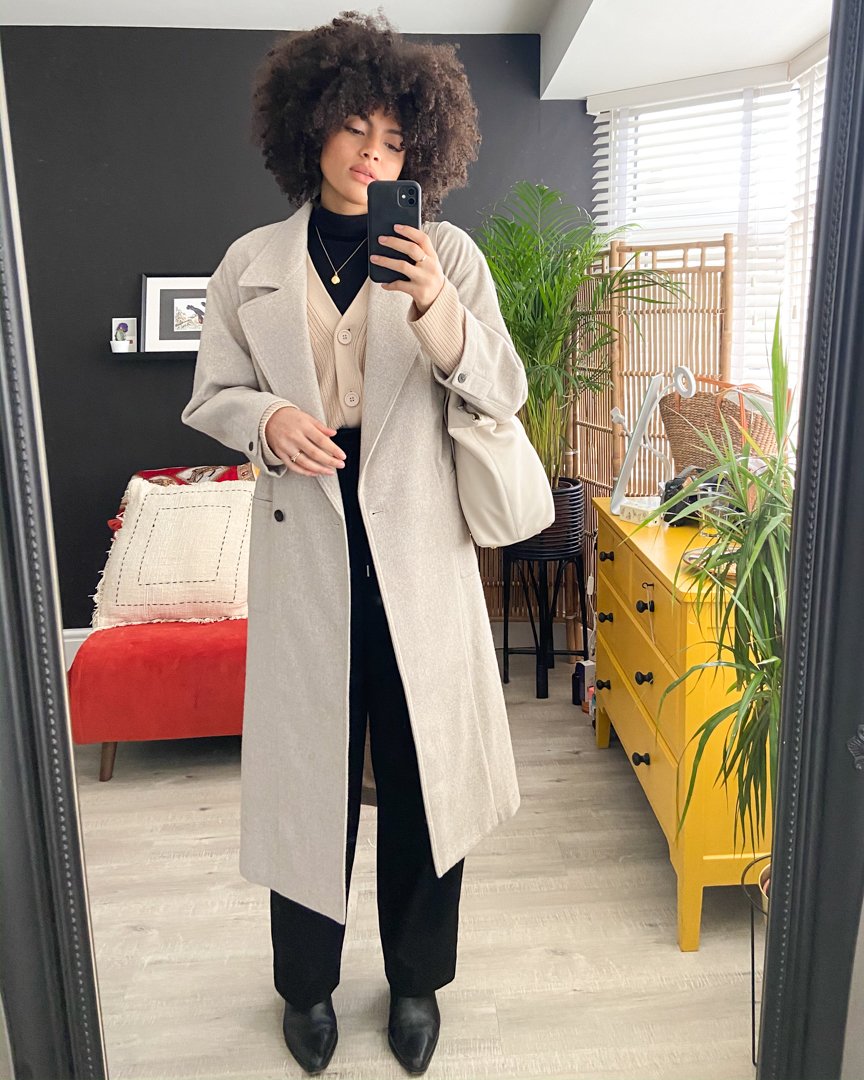
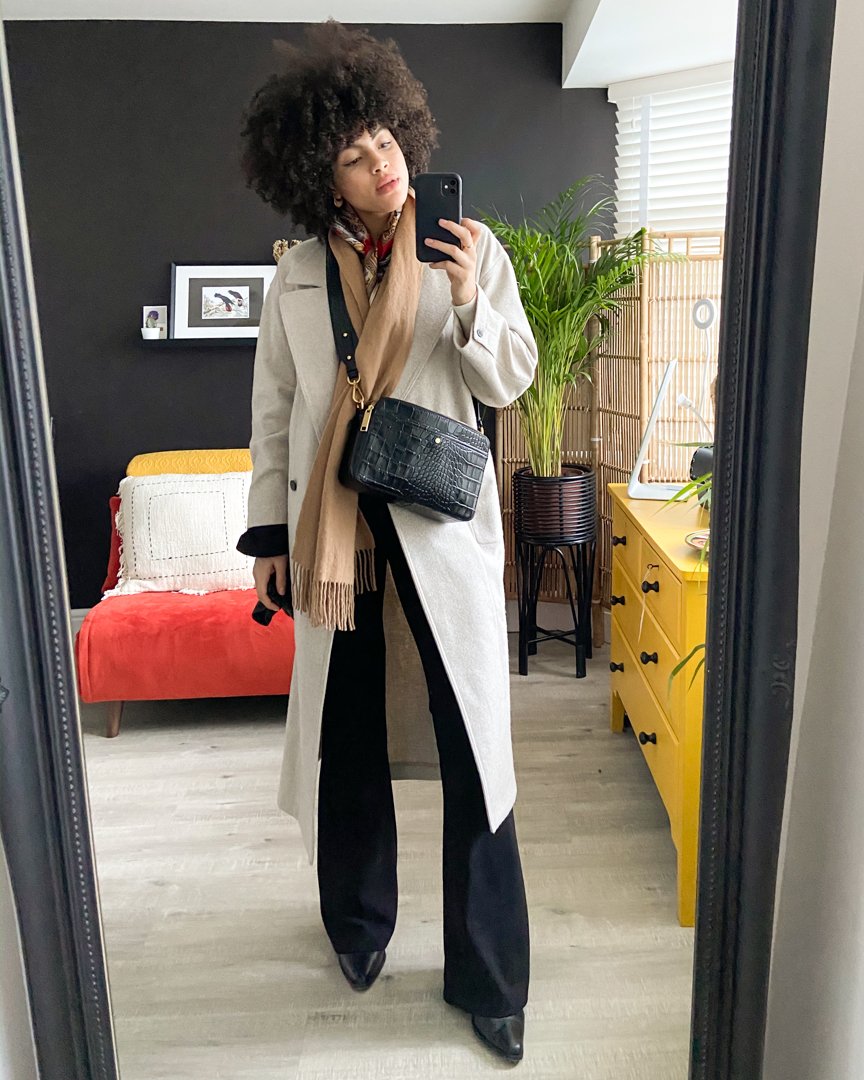
Step 8 – Re-asses
Once you’ve had your minimum of two weeks of documenting outfits, you can go back through your camera roll and start to re-asses.
Looking through the outfits you’ve documented you can now start to really asses which outfits have been working for you, what have you felt good in, and have there been any outfits that you didn’t like wearing.
As you look back through the images it may be that certain outfits really jump out at you in a positive way. This is a good indication of looks you may want to wear again or create similar outfits from.
It’s important to acknowlege outfits that jump out to you in a negative way too. If when looking back you don’t like them, ask yourself why? Maybe it wasn’t comfortable, or you’re not keen on the colours. By working out what you don’t like you can avoid making repeat mistakes again with future outfit combinations.
Make notes as you go through your outfit assessment and think about which outfits you loved and which outfits you feel you could change or make better.
You may start to see patterns in your outfits and notice which items really work for you. It may be that over this period you’ve also noticed certain items which would really benefit being in your wardrobe when putting together your everyday outfits. If so, make a note of this.
TOP TIP: It’s really important to think about how certain items and outfits make you feel, and work out what really makes you feel best. Sometimes we can be drawn to certain things because they look good on other people but when we put them on ourselves we realise it’s not actually something we love on ourselves. So finding out what you really feel good in can help you avoid making future mistakes when adding new items into your wardrobe.
Additional note: COLOUR PALETTES – I haven’t added a colour palette step to this list, simply because I don’t actually believe colour palettes are for everyone.
I myself find it quite useful to focus on certain colour palettes as I know which colours and shades I like and which I like to avoid. However I feel that works well for me, as I have a taste for earthy tones and more muted colours generally speaking (particularly when it comes to my winter wardrobe), but for someone who loves bright colours and clashing prints, I don’t feel a colour palette would maybe be a necessity.
If a big part of your style is to dress in rainbow prints, then I’m sure you’ll agree that focusing on a particular colour palette would be useless to you. It’s all about figuring out what works for you when it comes to honing in on your style, so if you would find sticking to a particular colour palette useful, then this step is optional.
Step 9 – Declutter
Now it’s time to get rid of anything that isn’t serving a purpose, so that you can clearly see what you have and want to wear.
By this point you’ve gone through your wardrobe, you’ve planned outfits, you’ve assessed everything, and so you should have a much better idea of what’s really working for you in your wardrobe and what you actually want to wear.
This is when you can go through the section of your wardrobe with the items you were unsure of, which you separated out earlier, and begin to sort through it and clear things out.
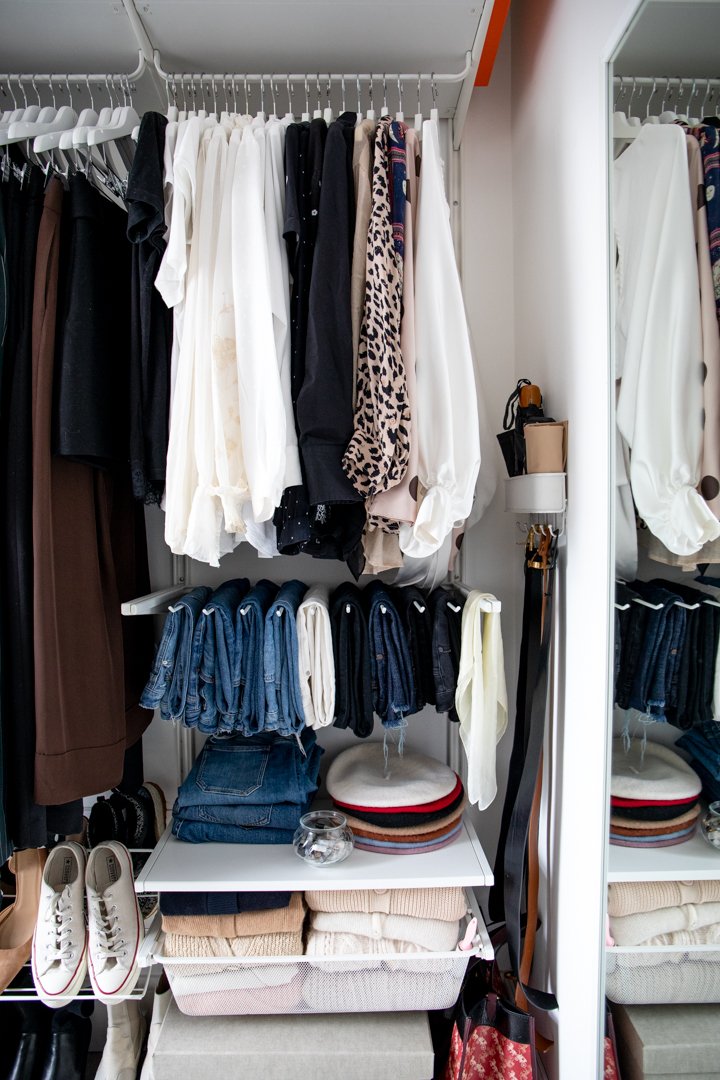
Part two in the series is fully dedicated to decluttering your wardrobe, so check back for that in a few days if you’d like to see my step by step guide on how to do that.
Once you’ve decluttered you’ll have a much clearer view of the items in your wardrobe and it will make the process of getting dressed everyday, a lot easier.
Step 10 – Shop With Intention
Now you may get to this point and feel like you don’t actually need to add anything new into your wardrobe, which is great if you’ve been able to refine and find your style within the wardrobe you already had, perfect!
However you might get to this point and discover that there are particular pieces you feel your wardrobe could now really benefit from to better fit with your style.
At this point it’s important to be mindful when shopping and really take time to assess what will work in your newly curated wardrobe.
When shopping for a particular garment you may want to ask yourself specific questions to do with what colour, fit, or fabric you’d like the item you’re looking for to be. That way when you do add in new pieces, you’ll know you’ve taken the time to consider them first and what will fit with your style and lifestyle, so that you’re able to really get the most out of any new pieces you add into your wardrobe.
And that’s it! Hopefully this blog post could give you some useful steps and tips to help you find your style. I’ve also created a video to go alongside this blog post which you can watch down below. Be sure to check back for part two in this mini-series, which will be all about, How to Successfully Declutter Your Wardrobe.
Samio x

